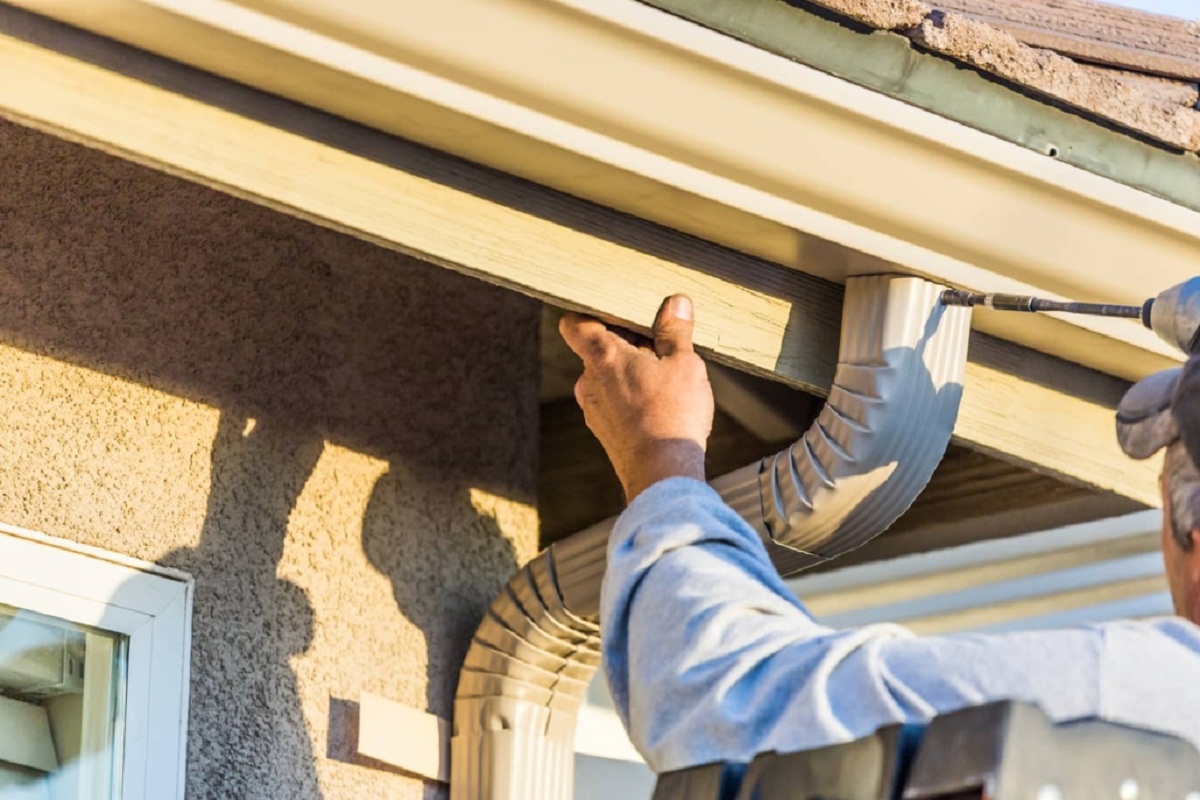

Articles
How Many Downspouts Are Needed For Gutters
Modified: December 7, 2023
Learn how many downspouts are needed for gutters in this informative article, providing insights and recommendations for efficient rainwater drainage.
(Many of the links in this article redirect to a specific reviewed product. Your purchase of these products through affiliate links helps to generate commission for Storables.com, at no extra cost. Learn more)
Introduction
Gutters are an essential component of any building’s roofing system. They are designed to collect rainwater and channel it away from the foundation of the structure, preventing water damage and erosion. However, simply having gutters in place is not enough; they need to be properly equipped with downspouts to effectively drain the collected water. But how do you determine the number of downspouts needed for your gutters?
In this article, we will explore the factors to consider when determining the number of downspouts required for your gutter system. By understanding these factors and following proper guidelines, you can ensure optimal water drainage and protect your home or building from potential water-related issues.
Key Takeaways:
- Properly determining the number of downspouts for your gutter system is crucial for effective water drainage and protection against potential water damage. Consider factors such as roof size, rainfall intensity, and gutter capacity to ensure optimal drainage.
- Inadequate downspouts can lead to serious consequences such as foundation damage, roof deterioration, and landscape erosion. Calculate the number of downspouts needed based on your specific circumstances to safeguard your property from water-related issues.
Read more: How To Size Gutters And Downspouts
Definition of Downspouts
Before we dive into determining the number of downspouts needed, let’s first understand what downspouts are. A downspout, also known as a downpipe or leader, is a vertical pipe attached to the edge of a building’s gutter system. Its primary function is to carry rainwater collected by the gutters and direct it away from the structure’s foundation.
Downspouts are typically made of metal, such as aluminum, copper, or galvanized steel, or they can be made of PVC or other plastic materials. They come in various shapes and sizes, including round and rectangular, and can be customized to fit the specific design requirements of the building.
These pipes are typically attached to the gutter system at regular intervals along the roofline, allowing for consistent water flow and drainage. By diverting water away from the foundation, downspouts help prevent waterlogging, basement flooding, and structural damage in the long run.
It is important to note that downspouts should always be positioned to carry water at least 6 feet away from the building’s foundation. This ensures that the water does not pool near the base of the structure, potentially causing damage over time.
Now that we have a clear understanding of what downspouts are, let’s explore the factors that need to be considered in determining the appropriate number of downspouts for your gutter system.
Factors to Consider for Determining the Number of Downspouts
When determining the number of downspouts needed for your gutter system, several factors should be taken into consideration. These factors include the size and surface area of your roof, the intensity of rainfall in your area, the capacity of your gutters, and the spacing of the downspouts.
1. Roof Size and Surface Area: The size and surface area of your roof play a crucial role in determining the number of downspouts required. A larger roof with more surface area will collect and channel a greater amount of water. Consequently, it will require more downspouts to handle the increased volume of rainwater.
2. Rainfall Intensity and Climate: The intensity of rainfall in your area is another critical factor to consider. Regions with heavy or frequent rainfall will require more downspouts to handle the higher water flow and prevent overflow or blockage. Conversely, areas with low rainfall or a drier climate may require fewer downspouts.
3. Gutter Capacity: The capacity of your gutter system is directly related to the number of downspouts needed. Gutters are available in different sizes and capacities, measured in terms of how much water they can efficiently handle. If your gutters have a higher capacity, they can accommodate more water flow, requiring fewer downspouts.
4. Spacing of Downspouts: The spacing of downspouts along the roofline also affects the number of downspouts required. The general guideline is to have a downspout every 30 to 40 feet of gutter. This allows for proper distribution of water drainage and reduces the chances of overflowing or water backup in the gutters.
By considering these factors and analyzing the specific conditions of your property, you can determine the optimal number of downspouts needed for your gutter system. It is essential to strike a balance between having enough downspouts to handle the water flow and avoiding excessive downspouts, which can be visually unappealing and unnecessary.
In the next sections, we will delve deeper into each factor and discuss how to calculate the number of downspouts required based on these considerations.
Roof Size and Surface Area
The size and surface area of your roof are vital factors to consider when determining the number of downspouts needed for your gutter system. A larger roof will collect and channel a greater amount of rainwater, requiring more downspouts for effective drainage.
To calculate the surface area of your roof, you need to measure the length and width of each roof section and multiply them together. Add up the surface areas of all the sections to get the total roof surface area. For example, if your roof has multiple sections with different dimensions, you would measure and calculate the surface area for each section separately.
Once you have determined the total surface area of your roof, you can use a general rule of thumb to estimate the number of downspouts required. On average, it is recommended to have one downspout for every 40 feet of gutter length. However, this may vary depending on other factors such as rainfall intensity and gutter capacity.
For example, if the total length of your gutter is 120 feet, you would ideally need three downspouts evenly spaced along the gutter system. However, if your roof has a complex shape or slopes unevenly, you may need to adjust the number and placement of downspouts accordingly.
It’s important to remember that this is a general guideline, and it’s best to consult with a professional to accurately determine the number of downspouts required based on your specific roof size and surface area. Professionals have the expertise to assess various factors and provide precise recommendations to ensure optimal water drainage.
By considering the size and surface area of your roof, you can estimate the number of downspouts needed, providing an efficient gutter system that effectively collects and channels rainwater away from your home’s foundation.
Rainfall Intensity and Climate
The intensity of rainfall in your area and the climate you live in are crucial factors to consider when determining the number of downspouts needed for your gutter system. Areas with heavy or frequent rainfall will require more downspouts to handle the higher water flow and prevent overflow or blockage.
Start by researching the average rainfall intensity in your region. This information can usually be obtained from local weather records or meteorological agencies. The rainfall intensity is typically measured in inches per hour and provides an indication of how much rainwater your gutter system needs to handle during a downpour.
Once you know the rainfall intensity, you can use it to determine the appropriate number of downspouts. For example, if your area experiences a high rainfall intensity of 1 inch per hour, you would need a gutter system with sufficient downspouts to efficiently handle that amount of water. Installing additional downspouts can prevent overflow and reduce the risk of water damage to your home.
Furthermore, consider the climate of your area. If you live in a region with frequent rainfall or a rainy season, it is advisable to err on the side of caution and install extra downspouts. This ensures that your gutter system can handle the increased water flow during these periods.
On the other hand, if you live in a drier climate, where rainfall is infrequent or less intense, you may require fewer downspouts. However, it is still important to have adequate downspouts to handle any rainfall that does occur, as even a small amount of water runoff can cause damage if not properly managed.
Consulting with local experts or hiring a professional to assess the unique climate conditions of your area can provide valuable insights in determining the number of downspouts needed. They will take into account factors such as annual rainfall totals, the duration of heavy rain events, and any local topographical features that may influence water flow patterns.
By considering the rainfall intensity and climate of your area, you can ensure that your gutter system is properly equipped to handle the specific water flow requirements, minimizing the risk of water-related damage to your home or property.
The general rule of thumb is to have one downspout for every 30-40 feet of gutter. However, factors such as roof size, pitch, and rainfall intensity should also be considered when determining the number of downspouts needed.
Read also: 8 Incredible Gutters And Downspouts For 2024
Gutter Capacity
The capacity of your gutters is another essential factor to consider when determining the number of downspouts needed for your gutter system. Gutters are available in different sizes and capacities, which determine how much water they can efficiently handle.
The capacity of a gutter is usually measured in terms of how many gallons of water it can hold per linear foot. For example, a standard 5-inch gutter can typically hold around 1.2 gallons of water per linear foot, while a 6-inch gutter can hold approximately 2.0 gallons per linear foot. The larger the gutter, the more water it can accommodate without overflowing.
To determine if your gutters have the appropriate capacity, you need to consider the following factors:
- Roof size: The larger the roof, the more water it will collect, requiring gutters with a higher capacity.
- Pitch of the roof: A steeper roof will channel water at a faster rate, necessitating gutters with a larger capacity to handle the increased flow.
- Roof material: Some roof materials, such as metal or tile, shed water more quickly, resulting in a higher water flow into the gutters.
- Valley areas: Areas of the roof where multiple roof planes join, known as valleys, can contribute to concentrated water flow. These areas may require additional downspouts or wider gutters to handle the increased water volume.
By assessing these factors and considering the capacity of your gutters, you can determine if your gutter system can handle the anticipated water flow. If your gutters are already reaching capacity during heavy rainfall, it may be necessary to install additional downspouts to alleviate the strain on the gutters and prevent overflow.
It is important to note that oversizing your gutters can also lead to problems. If the gutters are too large for the anticipated water flow, they may not effectively channel the water, resulting in stagnant water or debris accumulation. This can lead to clogs and ultimately cause damage to the gutter system.
Consulting with a professional gutter installer or contractor can provide valuable insights into the capacity requirements of your gutter system. They can assess the specific conditions of your roof and property to determine if additional downspouts are needed to ensure proper water drainage.
By considering the capacity of your gutters, you can ensure that your gutter system can handle the water flow effectively, minimizing the risk of overflow and water damage to your property.
Spacing of Downspouts
The spacing of downspouts along the roofline is a critical factor to consider when determining the number of downspouts needed for your gutter system. Proper spacing ensures that water is evenly distributed and efficiently drained away from your home.
The general guideline is to have a downspout installed every 30 to 40 feet of gutter. This spacing allows for effective water flow and reduces the chances of overflowing or water backup in the gutters. However, there are a few additional factors to consider:
- Roof slope: If your roof has a steeper slope, it is recommended to reduce the spacing between downspouts. This prevents water from accumulating and flowing too quickly, overwhelming the gutters.
- Valley areas: Valley areas, where multiple roof planes meet, can require more frequent downspouts. These areas tend to collect and channel more water, requiring additional drainage points to prevent overflow.
- High water flow areas: If specific areas of your roof or property experience high water flow during heavy rainfall, such as concentrated runoff from neighboring properties or water collection from large surfaces, installing additional downspouts in these areas may be necessary.
It’s important to maintain a balance when spacing downspouts. Installing too many downspouts can cause visual clutter and detract from the aesthetics of your home. Conversely, spacing them too far apart may result in inadequate water drainage, leading to overflow or water damage.
Consulting with a professional or experienced gutter installer can provide valuable insights into the optimal spacing of downspouts for your specific property. They will consider various factors such as roof size, slope, and potential problem areas to determine the most effective placement of downspouts.
Remember, the goal is to ensure that water is efficiently and evenly drained away from your home’s foundation. By following proper downspout spacing guidelines, you can maintain the function and integrity of your gutter system, preventing water-related issues and potential damage to your property.
Consequences of Inadequate Downspouts
Having an inadequate number of downspouts for your gutter system can have several negative consequences. It is essential to ensure that water is effectively drained away from your home’s foundation to prevent potential damage. Here are some of the consequences you may face with inadequate downspouts:
- Foundation damage: Improper water drainage can lead to water pooling around the foundation of your home. Over time, this can cause soil erosion, basement flooding, and even foundation settlement or cracks. Adequate downspouts help direct water away from the foundation, mitigating the risk of structural damage.
- Roof damage: Excessive water buildup in your gutters due to inadequate downspouts can lead to roof damage. The weight of the water can strain the gutters, causing them to sag or detach from the roof. Additionally, standing water can seep into the roof, leading to leaks and deterioration.
- Siding and exterior damage: Insufficient downspouts can result in water overflowing from the gutters and cascading down the sides of your home. This constant exposure to water can damage the siding, paint, and other exterior materials, leading to rot, mold growth, and unsightly stains.
- Landscape erosion: Without proper water drainage, excessive runoff can erode the soil surrounding your home. This not only damages your landscaping but also increases the risk of foundation problems as the soil shifts and settles unevenly.
- Basement flooding: Inadequate downspouts can contribute to basement flooding. If water is not efficiently directed away from your home, it can seep into the basement through foundation cracks or poorly sealed areas, leading to water damage and mold growth.
- Overall property deterioration: Neglecting the importance of adequate downspouts can result in the overall deterioration of your property. Water damage can affect the structural integrity of your home, reduce its value, and require costly repairs or renovations.
It is clear that having the right number of properly placed downspouts is crucial for maintaining the health and longevity of your home. Investing in adequate downspouts and ensuring proper water drainage will help protect your property from the consequences of inadequate downspouts and minimize the risk of costly repairs down the road.
Calculating the Number of Downspouts Required
Calculating the number of downspouts required for your gutter system involves considering various factors, including the size of your roof, the average rainfall intensity in your area, the capacity of your gutters, and the recommended spacing of the downspouts. Here’s a step-by-step guide to help you determine the appropriate number of downspouts:
- Measure your roof size: Start by measuring the length and width of each roof section and multiply these dimensions to calculate the surface area of each section. Add up the surface areas of all the sections to determine the total roof size.
- Research the rainfall intensity: Determine the average rainfall intensity in your area, measured in inches per hour. This information can usually be obtained from local weather records or meteorological agencies.
- Calculate the water flow: Multiply the roof size by the rainfall intensity to calculate the water flow rate, which represents the amount of water your gutters need to handle during a downpour.
- Determine the gutter capacity: Assess the capacity of your gutters, measured in gallons per linear foot. Ensure that your gutter system can handle the water flow rate calculated in the previous step. If it doesn’t, consider increasing the gutter size or capacity.
- Consider downspout spacing: Follow the general guideline of spacing downspouts every 30 to 40 feet of gutter length. Adjust this spacing based on steep roof slopes, valley areas, or high water flow areas that may require additional downspouts.
- Calculate the number of downspouts: Divide the total length of your gutter by the recommended spacing to determine the approximate number of downspouts needed.
- Consult with a professional: If you’re unsure or want a more accurate assessment, consider consulting with a professional gutter installer or contractor. They can assess your specific property and take into account other factors to provide a precise recommendation.
It’s important to note that these calculations are general guidelines, and consulting with a professional is always recommended to ensure that the number of downspouts is appropriate for your specific circumstances.
By carefully calculating the number of downspouts needed, you can ensure that your gutter system efficiently collects and channels rainwater, protecting your home from potential water damage and maintaining its structural integrity.
Conclusion
Properly determining the number of downspouts needed for your gutter system is essential for effective water drainage and protection against potential water damage. By considering factors such as roof size, rainfall intensity, gutter capacity, spacing of downspouts, and the consequences of inadequate drainage, you can make informed decisions to maintain the health of your home or property.
Remember, a well-designed gutter system with the appropriate number of downspouts ensures that rainwater is efficiently collected and directed away from your home’s foundation. Failure to have an adequate number of downspouts can result in various problems, including foundation damage, roof damage, exterior deterioration, landscape erosion, basement flooding, and overall property deterioration.
While there are general guidelines for determining the number of downspouts, it’s always beneficial to consult with a professional gutter installer or contractor. They have the expertise to assess your specific property and determine the optimal number and placement of downspouts based on your unique circumstances.
By taking the time to accurately calculate the number of downspouts required and investing in a well-designed gutter system, you can ensure the longevity and structural integrity of your home or property. Proper water drainage is crucial for protecting your investment and maintaining a safe and functional living environment.
So, don’t overlook the importance of downspouts when it comes to your gutter system. Take the necessary steps to ensure that your home is properly equipped to handle rainwater runoff, keeping it safe and secure for years to come.
Frequently Asked Questions about How Many Downspouts Are Needed For Gutters
Was this page helpful?
At Storables.com, we guarantee accurate and reliable information. Our content, validated by Expert Board Contributors, is crafted following stringent Editorial Policies. We're committed to providing you with well-researched, expert-backed insights for all your informational needs.
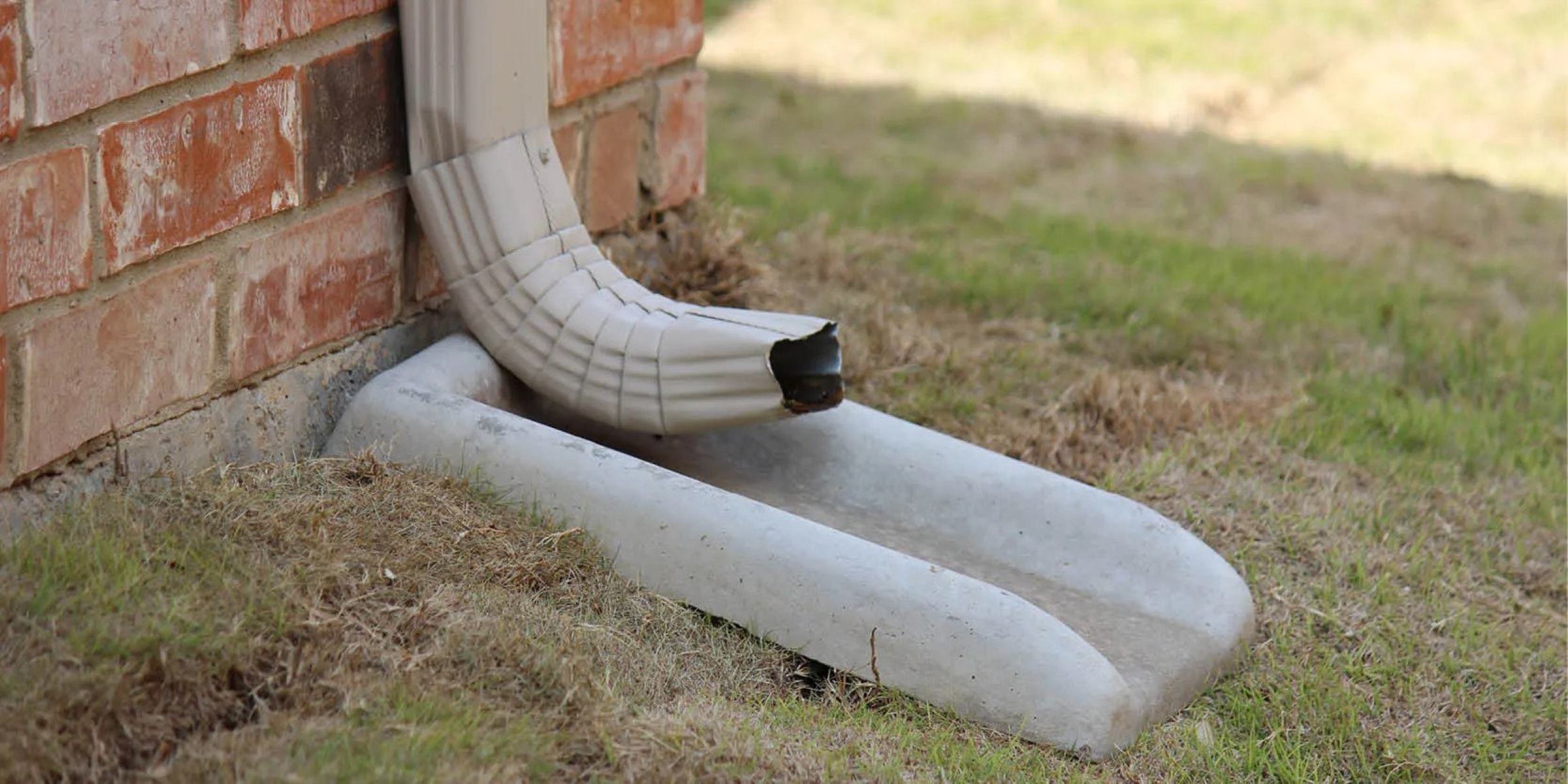
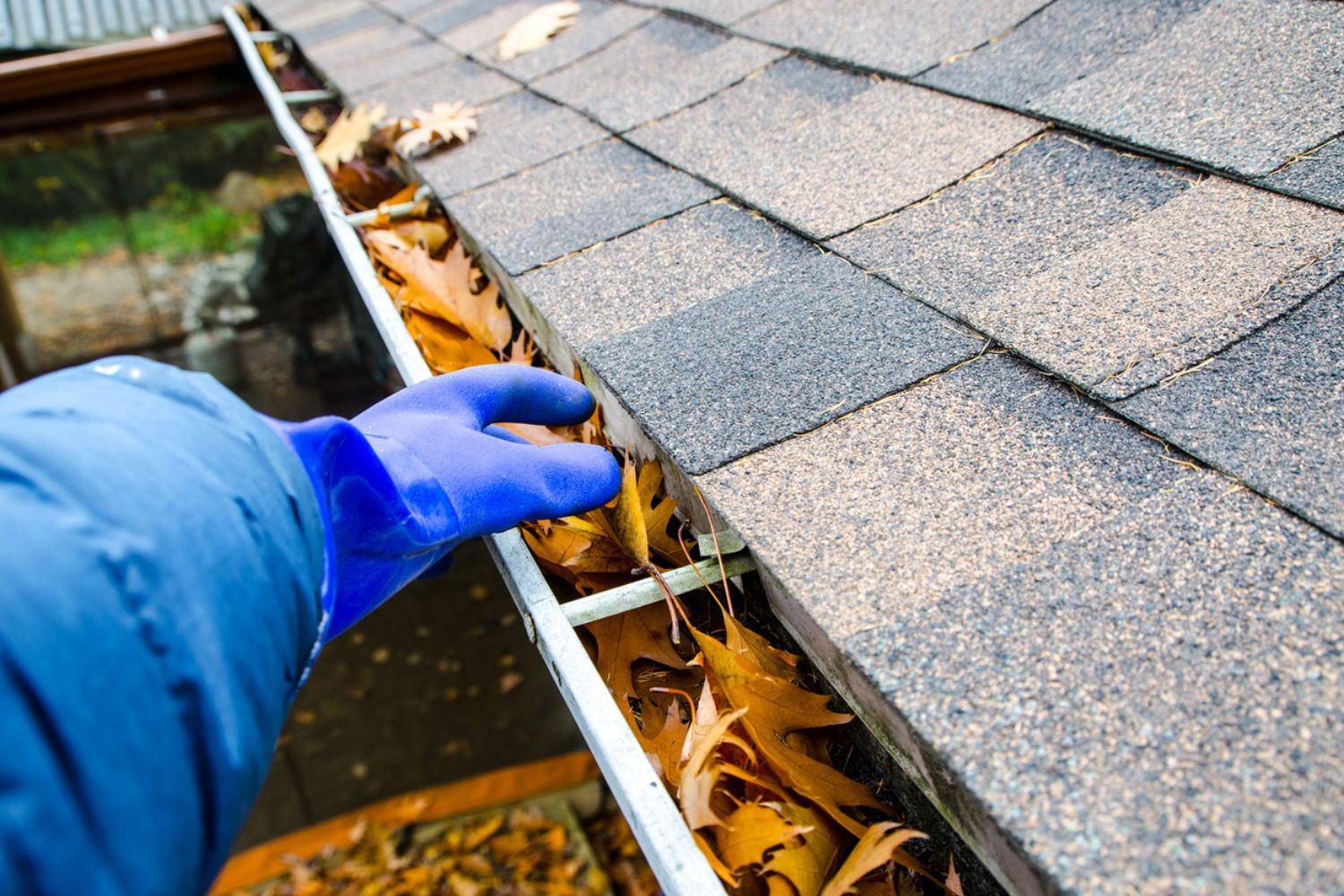
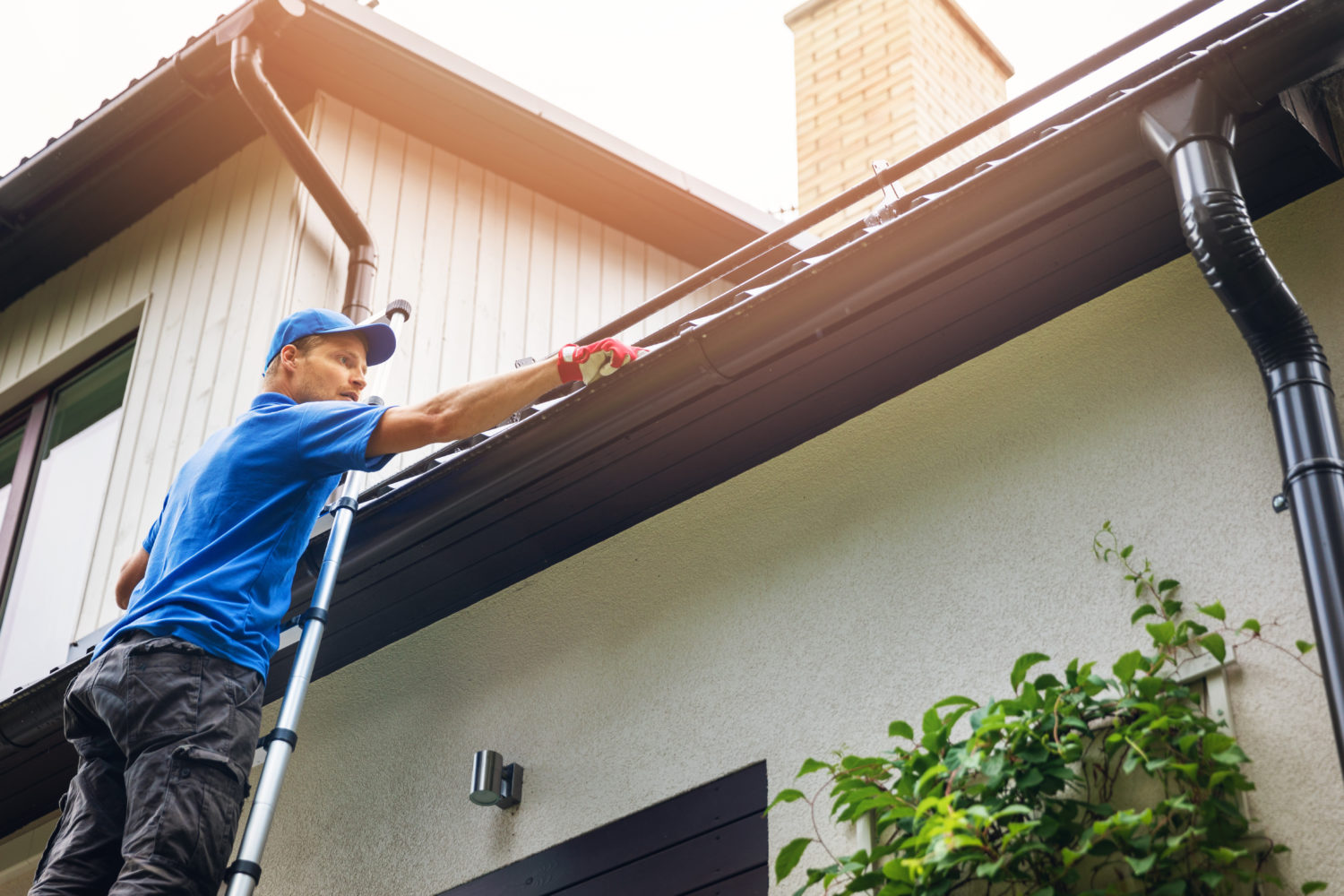

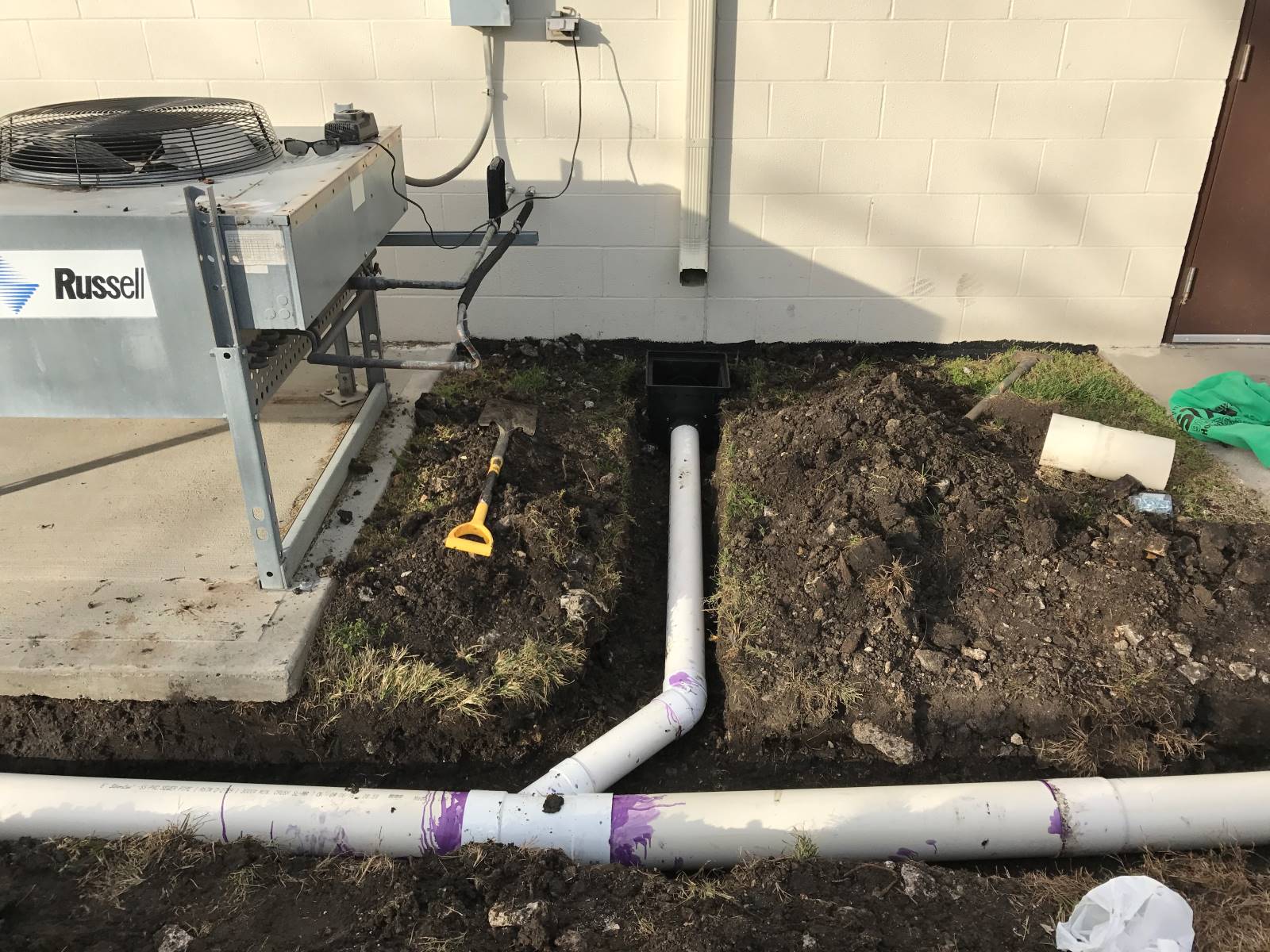
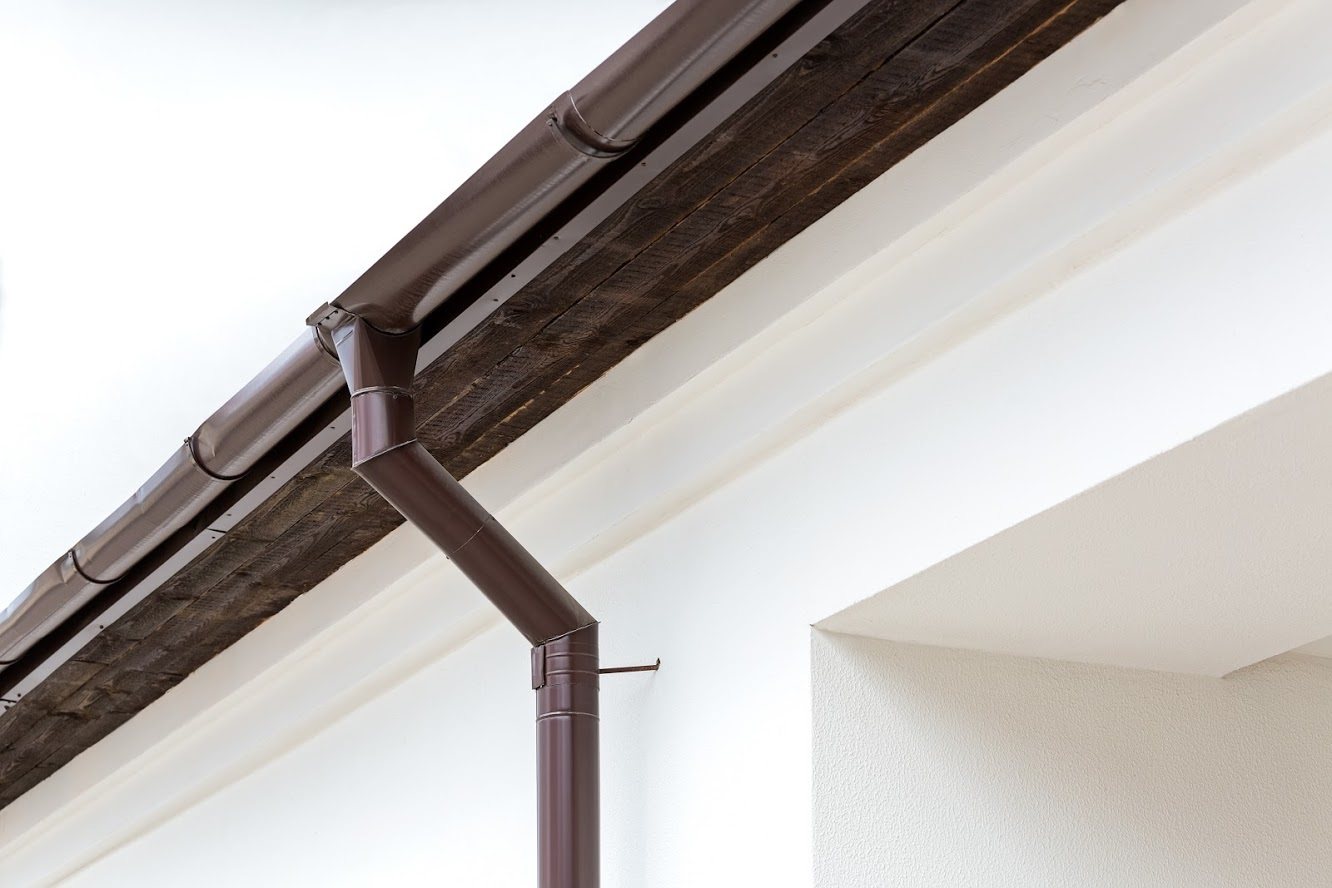
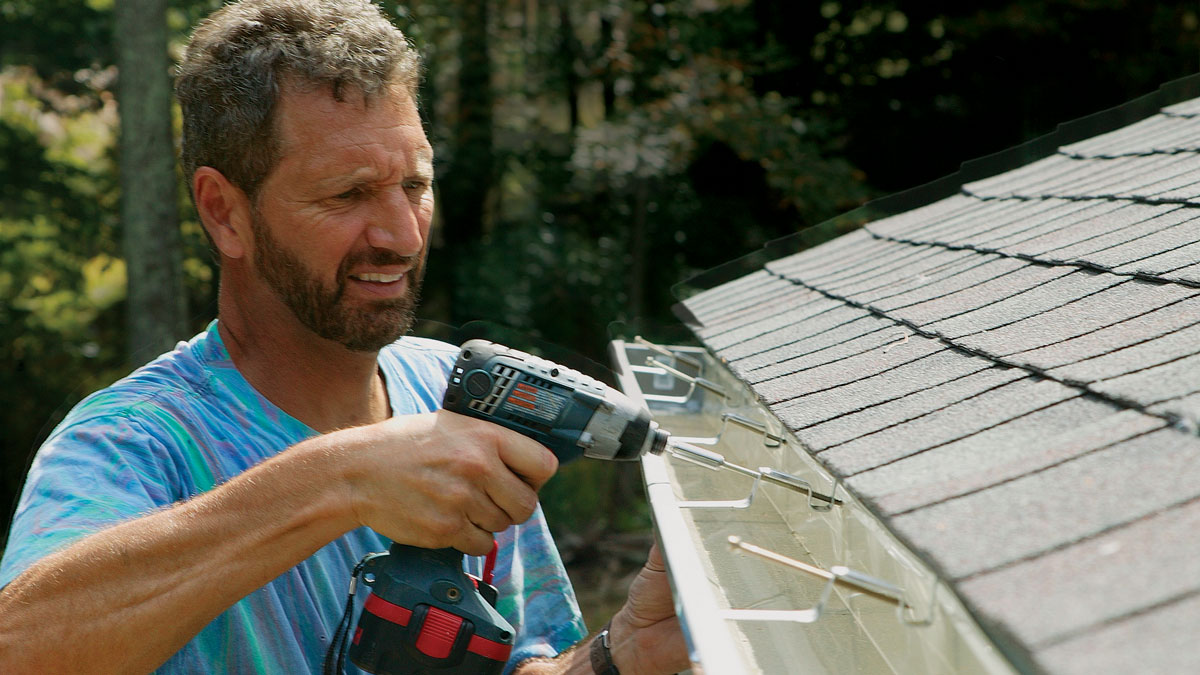
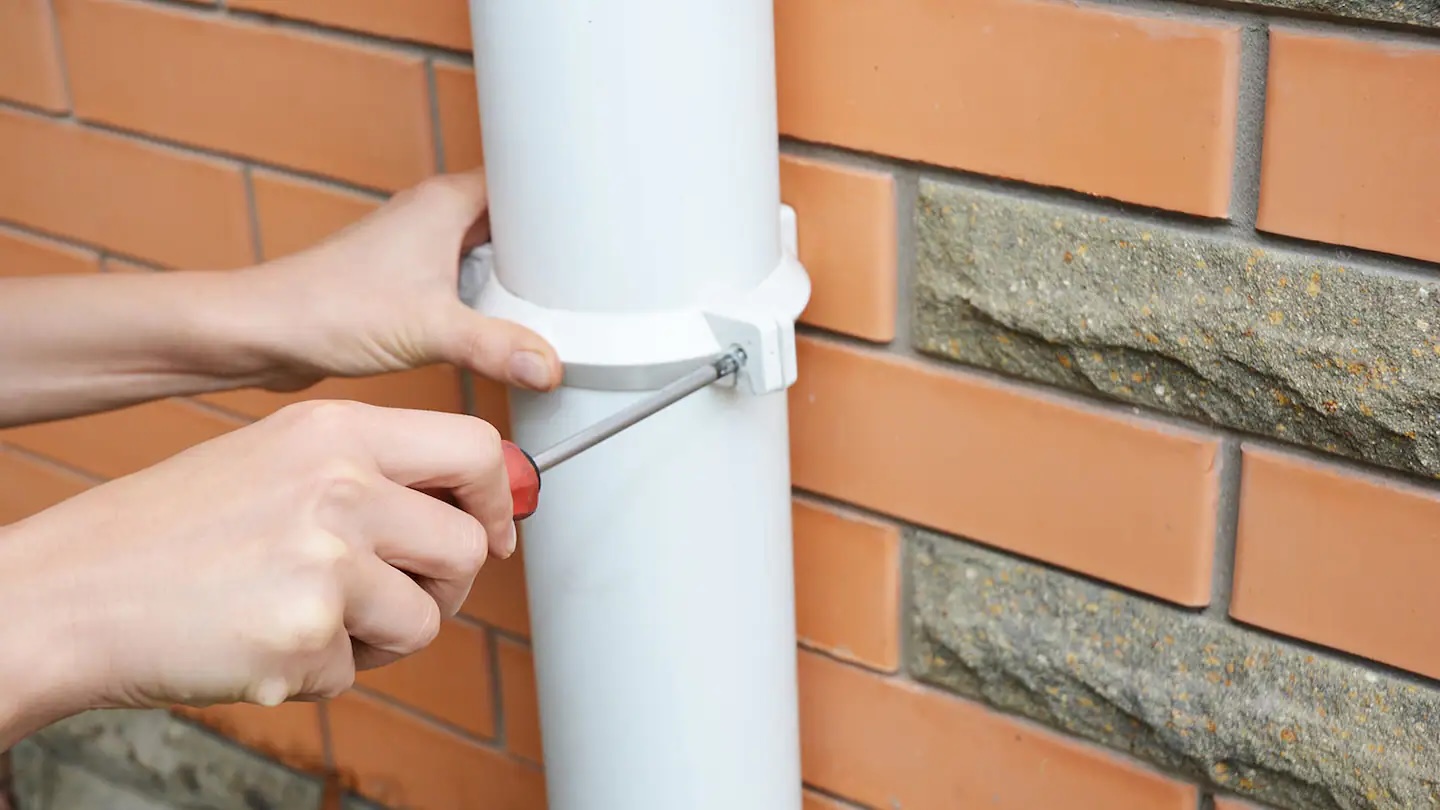
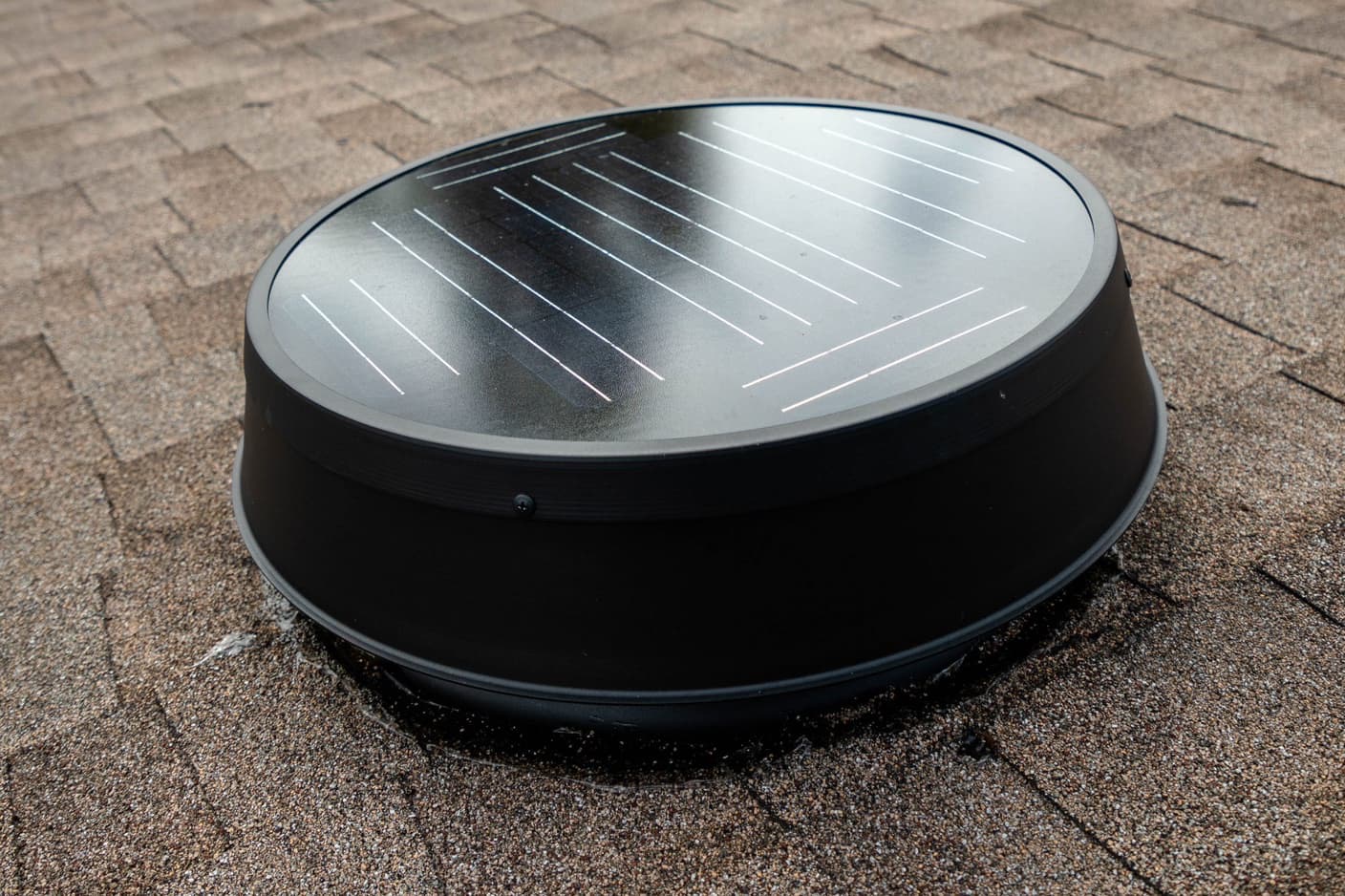

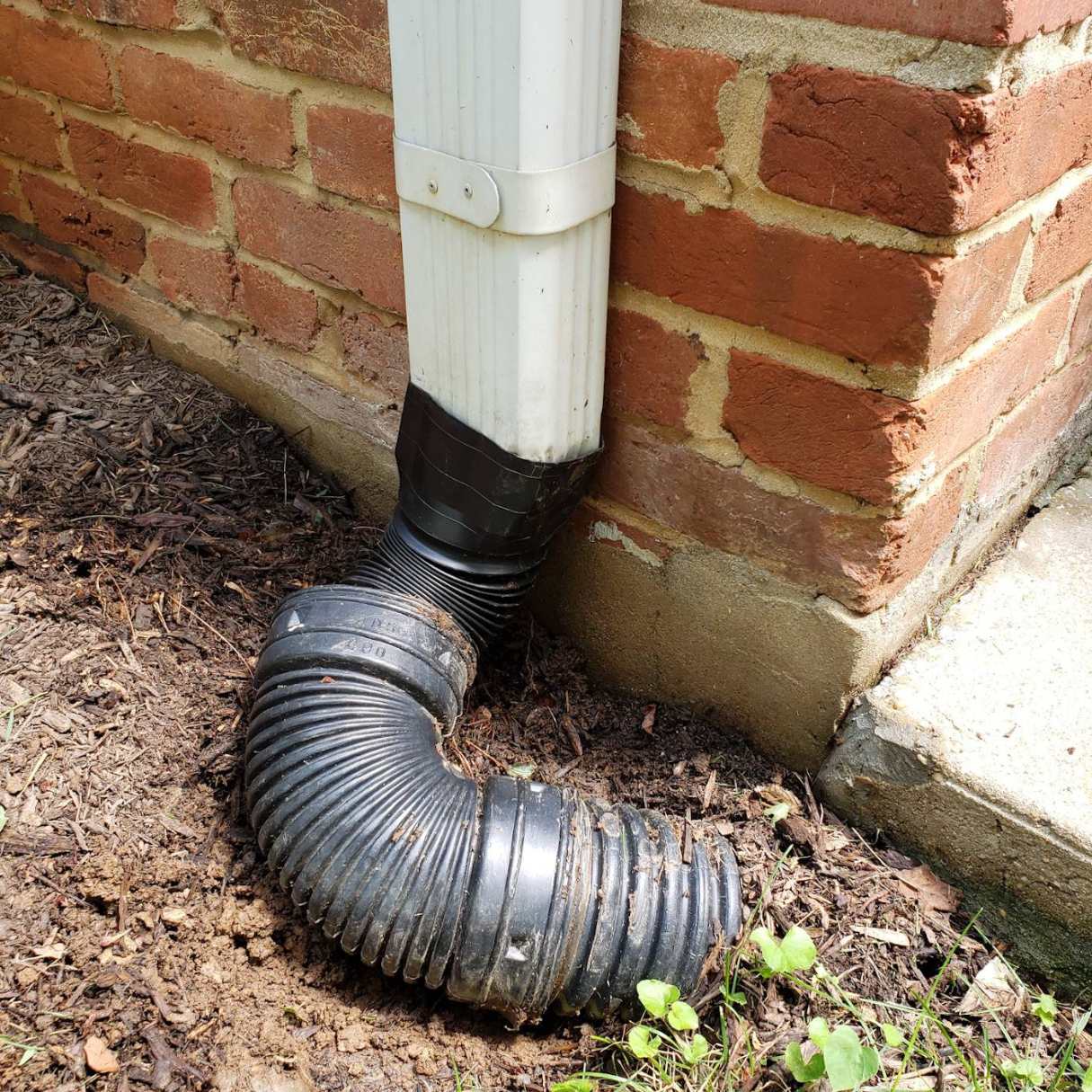

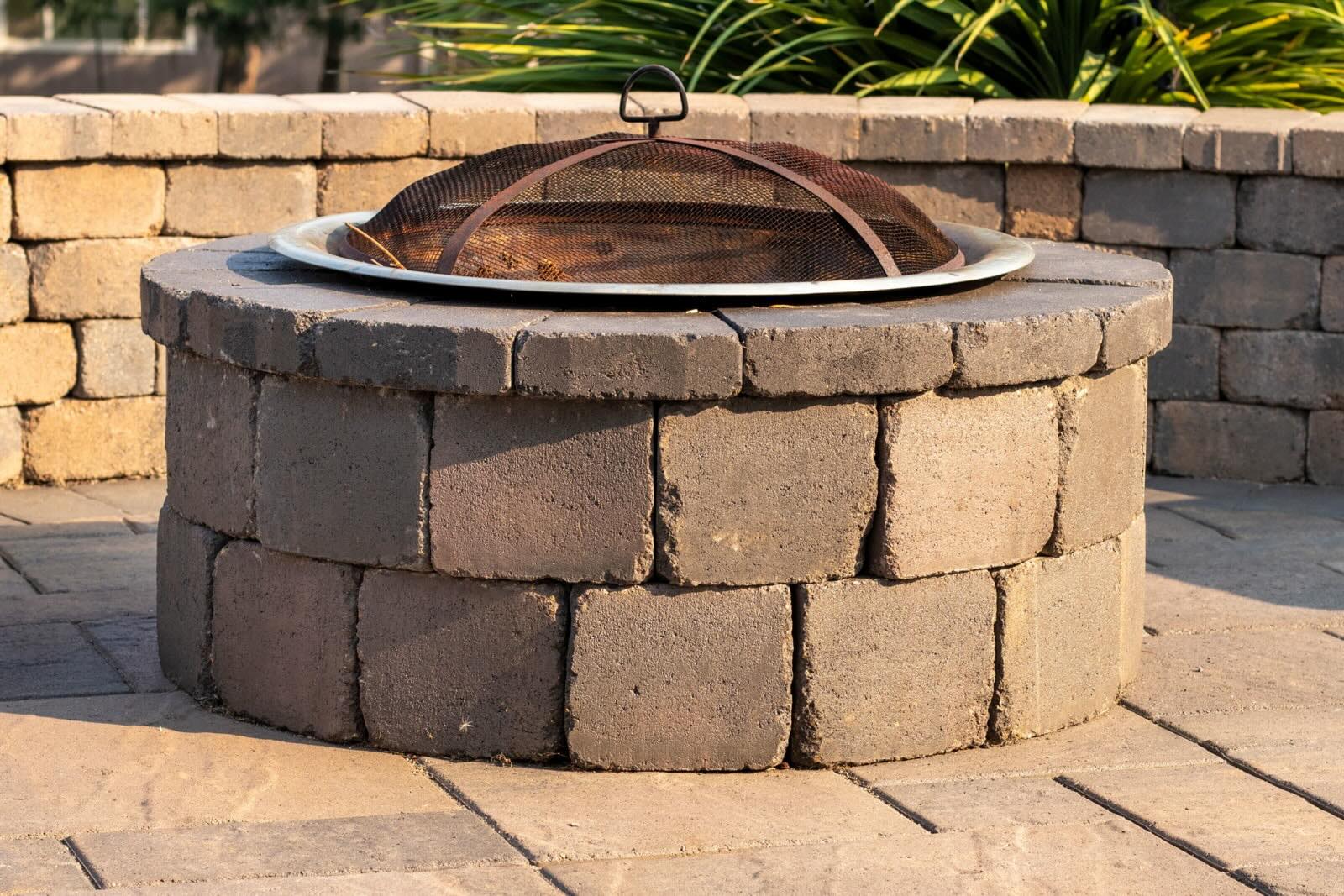

0 thoughts on “How Many Downspouts Are Needed For Gutters”